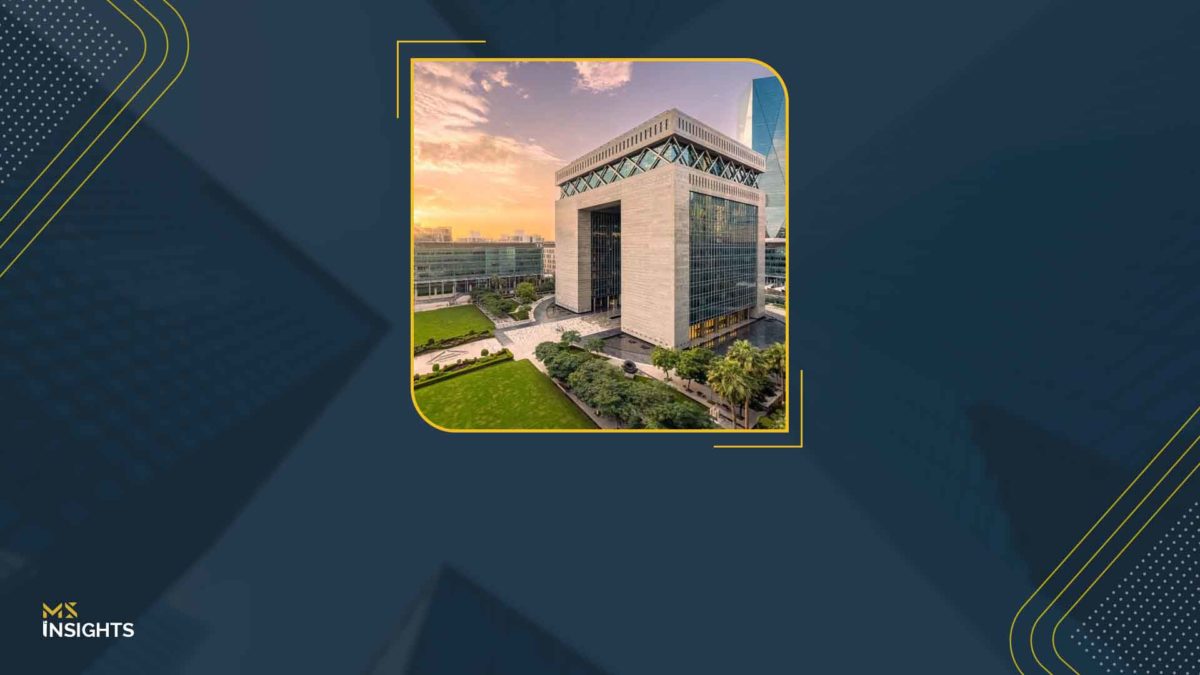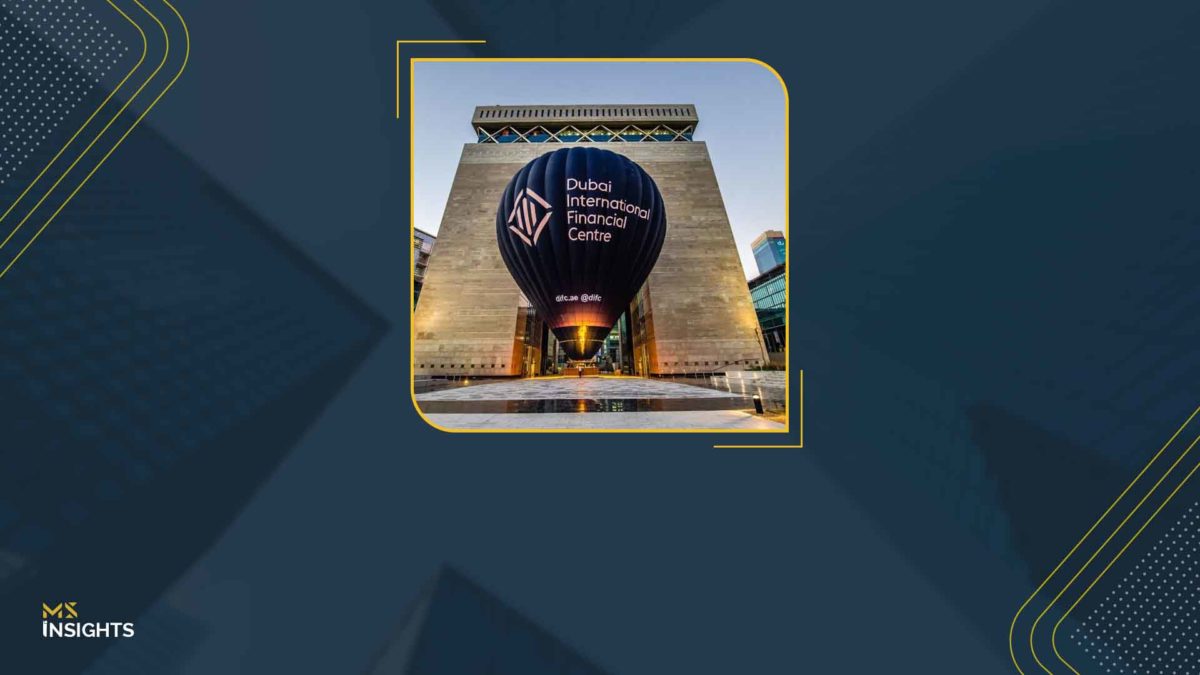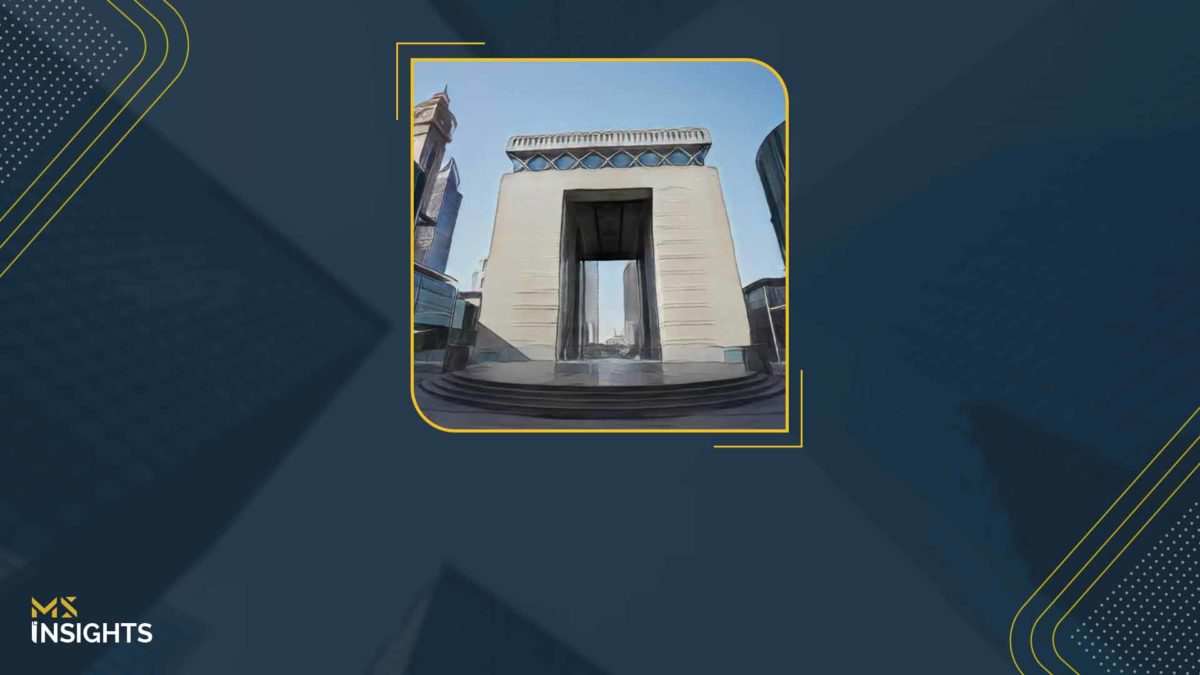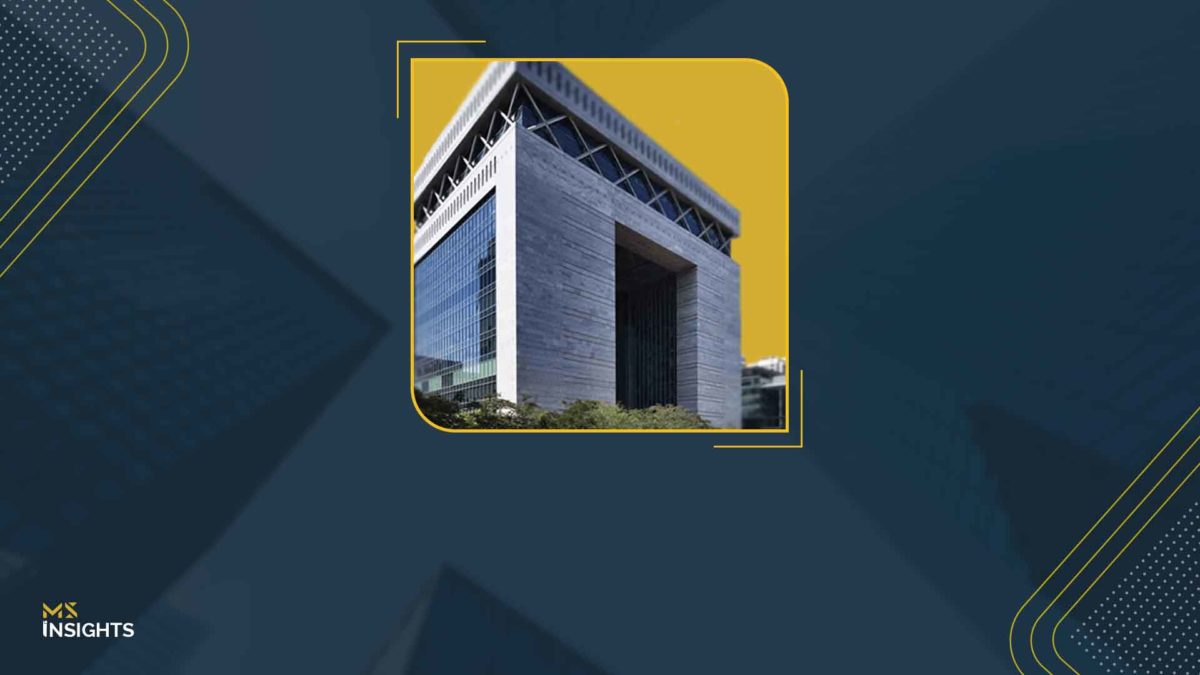The Essentials
Dubai in 2026 offers significant opportunities for entrepreneurs, especially in sectors like AI, fintech, clean energy, logistics, healthcare, and hospitality. Business setup in Dubai benefits from pro-business regulations, strategic free zones, government incentives, and access to funding, making it an attractive destination for both local and international founders looking to scale.
Dubai enters 2026 with momentum: large public investment plans, pro-business regulation, and an explicit national focus on digital transformation and sustainability. The emirate’s 2026–28 budget cycle is the largest yet, signaling continued public investment in infrastructure and strategic sectors that support trade, tourism, and technology-led growth.
Against that macro backdrop, business setup in Dubai becomes especially attractive, as entrepreneurs and new companies can target a handful of fast-growing sectors where demand, regulatory support, and funding ecosystems intersect.
Let’s map those sectors, explain why they matter, explore practical business models and market-entry routes (including free-zone advantages), and outline the next steps for founders.
Quick Macro Snapshot: Why Business Setup in Dubai Still Matters in 2026?
• Dubai’s 2026 budget cycle and infrastructure spending reinforce the city’s role as a regional trade, tourism and logistics hub nearly half of 2026 expenditures are earmarked for infrastructure projects. This creates demand across construction, logistics, mobility and hospitality.
• The UAE and Dubai continue to prioritize digital and AI adoption: the UAE’s long-term AI Strategy and related licensing/regulatory initiatives aim to attract talent and commercialize AI solutions locally and for export.
• Clean energy and decarbonization are public priorities (Dubai targets a much larger share of renewables by 2050), opening opportunities for cleantech, hydrogen, energy services and green finance.
• The fintech and digital payments market is expanding rapidly – regional estimates place strong multi-year growth, driven by supportive regulators (CBUAE, ADGM, DIFC) and a digital-first consumer base.
1. Artificial Intelligence, Data Services & Enterprise Software
Why now: The UAE’s AI strategy and growing public/private investment create demand for applied AI (healthcare diagnostics, smart city services, predictive maintenance, generative AI for content and automation). Entities from government to hospitality chains are seeking AI partners to cut costs, personalize services, and drive new revenue streams.
Opportunity areas:
- Vertical AI solutions (proptech analytics, logistics route optimization, hospitality personalization).
- Data marketplaces and synthetic data services for regulated industries.
- AI ops and model governance services (risk, explainability, compliance).
Business models & go-to-market:
- SaaS with per-seat or usage pricing for enterprise clients.
- Proof-of-concept (PoC) pilots for government & free-zone firms, then enterprise rollout.
- Partnerships with local system integrators and free zones (DIFC, ADGM) for credibility.
Regulatory & setup note: consider DIFC/ADGM licensing for financial-facing AI; for government contracts, register on Dubai Smart Government platforms and obtain relevant data protection and cybersecurity certifications.
2. Fintech, Payments & Embedded Finance
Why now: Dubai’s financial hubs, a forward-looking central bank, and robust VC interest are accelerating fintech product adoption across payments, B2B-lending, BNPL, wealth-tech and Islamic fintech. Market projections forecast solid growth for the UAE fintech sector over the coming years.
Opportunity areas:
- Cross-border payment rails and FX services for trade corridors.
- Business banking and embedded finance for SMEs and marketplace platforms.
- Regtech and compliance automation (AML/KYC as a service), given regulatory emphasis.
Business models & go-to-market:
- Licensing via ADGM/DIFC or partnerships with local banks for regulated product distribution.
- API-first offerings to plug into e-commerce platforms and logistics operators.
- White-label solutions for incumbents seeking rapid digital upgrades.
Regulatory note: fintech founders must plan licensing early – many fintechs succeed fastest by pairing technology with a local regulated partner or obtaining a sandbox licence (CBUAE/ADGM/DIFC sandboxes).
3. Renewable Energy, Cleantech & Decarbonization Services
Why now: Dubai’s clean energy ambitions (including 75% electricity from clean sources by 2050 and ongoing green projects) drive demand for renewable projects, energy-efficiency services, green hydrogen pilots and ESG advisory. Public procurement and large infrastructure projects are catalysts.
Opportunity areas:
- Solar project development and integrated energy services for industrial zones.
- Energy storage, microgrids and smart-metering solutions for real estate and free zones.
- Carbon accounting, green certification, and sustainability reporting for corporates (ESG advisory).
Business models & go-to-market:
- Project-finance models for utility-scale renewable projects.
- O&M and energy-as-a-service contracts for commercial property owners.
- Consultancy + software bundles for ESG compliance and green bond readiness.
Incentives & funding: Look for government tenders, climate funds and international green finance instruments; public–private partnerships are common for large projects.
4. Logistics, Supply Chain & E-commerce Infrastructure
Why now: Dubai is a global logistics node; e-commerce growth across the UAE and wider GCC is stimulating demand for last-mile logistics, 3PL innovation, cold-chain and same-day delivery services. Market analysts expect logistics demand to remain strong as cross-border trade expands.
Opportunity areas:
- Technology-driven 3PLs (route optimization, dynamic warehousing).
- Cold-chain logistics for perishable goods and pharmaceuticals.
- Reverse-logistics and returns management for fashion and electronics.
Business models & go-to-market:
- Asset-light marketplace models connecting excess warehouse/vehicle capacity with merchants.
- Subscription or volume pricing for merchants; revenue share with marketplaces.
- Integrations with major e-commerce platforms and POS providers.
Practical tip: co-locate near Dubai logistics hubs and ports; consider a Jebel Ali/DP World connection or free-zone incorporation for customs advantages.
5. Healthcare, MedTech & Digital Health
Why now: The UAE is actively investing in healthcare capacity and innovation; MedTech, telemedicine and diagnostics are growth areas as private healthcare expands and medical tourism rebounds. Market opportunity estimates for the UAE healthcare sector are substantial.
Opportunity areas:
- Remote patient monitoring, telehealth platforms and chronic-care solutions.
- Diagnostic labs, medical devices, and regulatory/compliance support for international MedTech firms.
- Health data analytics and AI diagnostics.
Business models & go-to-market:
- B2B partnerships with hospitals and clinics; pilot programs using local clinical champions.
- Hybrid models combining devices + subscription services for monitoring/analytics.
- Fast regulatory navigation via local distributors and UAE health authority engagement.
Regulatory note: licensing and approvals (UAE Ministry of Health and local health authorities) are essential; some MedTech products require clinical validation in the UAE market.
6. Tourism, Experiential Hospitality & Luxury Retail
Why now: Dubai’s tourism rebound and lifestyle positioning continue to create demand for experiential offerings – boutique hotels, curated experiences, luxury retail activations and wellness tourism. Dubai still reports strong visitor numbers year-on-year.
Opportunity areas:
- Experience-led hospitality (wellness, adventure, cultural authenticity).
- Luxury retail pop-ups and omnichannel personalization services.
- Foodtech and ghost kitchens tailored to high-frequency delivery in leisure districts.
Business models & go-to-market:
- Asset-light models for F&B (cloud kitchens) and short-term experiential partnerships with hotels and events.
- Brand collaborations and seasonal activations to capture tourist flows.
- Direct booking + membership models for high-value repeat customers.
Practical note: hospitality ventures scale best when they align to Dubai calendar peaks (events, conferences) and leverage tourism promotion channels.
7. Real Estate Tech (PropTech), Co-living & Workplace Services
Why now: With continued investment in real estate and changing occupier needs, proptech that improves tenant experience, asset performance and flexible workspace solutions is in demand. Dubai’s mix of corporates, SMEs and freelancers fuels flexible workspace growth.
Opportunity areas:
- Smart building tech, energy optimization and tenant experience platforms.
- Co-living and flexible housing solutions targeting young professionals and digital nomads.
- Digital property management and fractional ownership platforms.
Business models & go-to-market:
- SaaS platforms sold to landlords and property managers.
- Managed service + platform bundles for co-living and short-stay operators.
- Partnerships with developers for pilot installations.
Regulatory note: short-term rental regulations vary across jurisdictions – check Dubai Tourism rules and free-zone policies before launching hospitality-adjacent proptech.
8. Creative Industries, Media & Luxury Experiences
Why now: As a global lifestyle hub, Dubai’s appetite for high-quality creative content, events, and luxury retail experiences is growing. Luxury brands are expanding physical presence, while local creative agencies and production houses are in demand. Vogue
Opportunity areas:
- Content production, experiential marketing and brand activations.
- NFT/crypto art events and luxury collaborations (careful of regulation).
- Boutique creative agencies specializing in MENA cultural insights.
Business models & go-to-market:
- Project-based creative services, retainer marketing contracts and immersive pop-up experiences.
- Revenue share models for concert/promoter collaborations and brand partnerships.
9. Education & EdTech (Upskilling for the Future)
Why now: The UAE’s focus on knowledge economy and talent attraction increases demand for vocational training, corporate upskilling, and EdTech solutions, especially in AI, fintech, and healthcare. staticcdn.mbzuai.ac.ae
Opportunity areas:
- Professional upskilling platforms for tech and compliance.
- Micro-credential and bootcamp models aligned to employer demand.
- B2B corporate training for in-house skills transformation.
Business models & go-to-market:
- B2B partnerships with large employers and government workforce initiatives.
- Subscription or cohort fees for learners; corporate licensing for enterprise clients.
How Entrepreneurs Should Prioritize Business Setup in Dubai?
When planning a business setup in Dubai, entrepreneurs should focus on strategic prioritization to maximize growth and minimize risks:
- Match sector tailwinds with founder strengths: Choose a sector where you have domain expertise or a strong vertical network – this accelerates sales cycles and improves early traction.
- Secure regulatory early wins: Understand licensing, approvals, and sector-specific compliance requirements before fundraising. Highly regulated industries like fintech, healthcare, and energy require careful regulatory planning upfront, including sandboxes and health authority approvals.
- Pilot with anchor customers: Government entities or large free-zone players can serve as excellent PoC partners. Early pilot results help de-risk product adoption and provide valuable local credibility.
- Leverage free zones selectively: DIFC and ADGM are particularly attractive for finance and fintech ventures, offering both regulatory credibility and market visibility. Other free zones such as Dubai South, Dubai Internet City, or IFZA provide cost and operational advantages depending on the business activity.
- Capitalize on events and tourism cycles: For hospitality, retail, and experiential ventures, align your launch with peak seasons, major events, and high tourist inflows to maximize exposure and initial revenues.
Funding, Incentives & Support for Startups in Dubai
For entrepreneurs planning a business setup in Dubai, understanding available funding, incentives, and support mechanisms is crucial:
- Public and private incentives: The UAE government and Dubai authorities offer grants, accelerators, and innovation programmes designed to support startups. Many initiatives are sector-specific, targeting areas such as energy, AI, and fintech, helping new companies reduce initial costs and scale faster.
- VC & corporate venture: Dubai’s growing investor ecosystem – ranging from angel investors to regional venture capital funds – is increasingly focused on high-growth sectors like tech, logistics, and cleantech. Strategic partnerships with corporates can also open doors to pilot projects, distribution channels, and market visibility.
- Tenders and PPPs: Large-scale infrastructure and clean-energy projects frequently rely on public tenders or public–private partnerships. These opportunities are particularly suitable for startups with project delivery capabilities, offering both revenue and credibility in the local market.
By leveraging these avenues, entrepreneurs can ensure a more secure, efficient, and strategically aligned business setup in Dubai.
Risks & Mitigation for Business Setup in Dubai
- Market competition & capital intensity: some sectors (renewables, real estate) are capital-intensive; consider partnerships and staged capital deployment.
- Regulatory complexity: fintech and healthcare require early regulatory counsel and sandbox engagement. Plan 3–6 months for licensing timelines in regulated sectors.
- Talent: commercial and technical talent is competitive; leverage remote talent pools plus local hiring incentives and training partnerships.
Practical 8-point Checklist for Business Setup in Dubai
- Define the sector and primary revenue model (SaaS, marketplace, project finance, service).
- Choose the appropriate jurisdiction (Mainland vs Free Zone; DIFC/ADGM for finance).
- Map regulatory requirements (licenses, approvals, sandboxes).
- Build a 90-day pilot plan (target 1–2 anchor customers or partners).
- Identify funding route (angel, VC, grant, corporate partner).
- Secure initial local partner (distributor, system integrator, government liaison).
- Recruit a minimal local team (sales/regulatory/operations) and plan offshore dev if needed.
- Prepare Go-to-Market aligned to Dubai’s event calendar (trade shows, tourism peaks)
How MS Can Help with Business Setup in Dubai?
At MS, we help entrepreneurs transform Dubai’s emerging business opportunities into real, operational companies. From business setup in Dubai to compliance, from market research to tax and governance, we simplify the entire process so that new founders can focus on building, innovating, and growing.
With strong expertise in DIFC, ADGM, and all major free zones, we guide you in selecting the right structure, obtaining the correct licenses, meeting regulatory requirements, and building a compliant foundation for long-term success. Whether you’re entering fintech, AI, renewables, healthcare, logistics, or hospitality, our team ensures a fast, seamless, and future-ready business setup in Dubai backed by local insight, sector knowledge, and end-to-end support.












